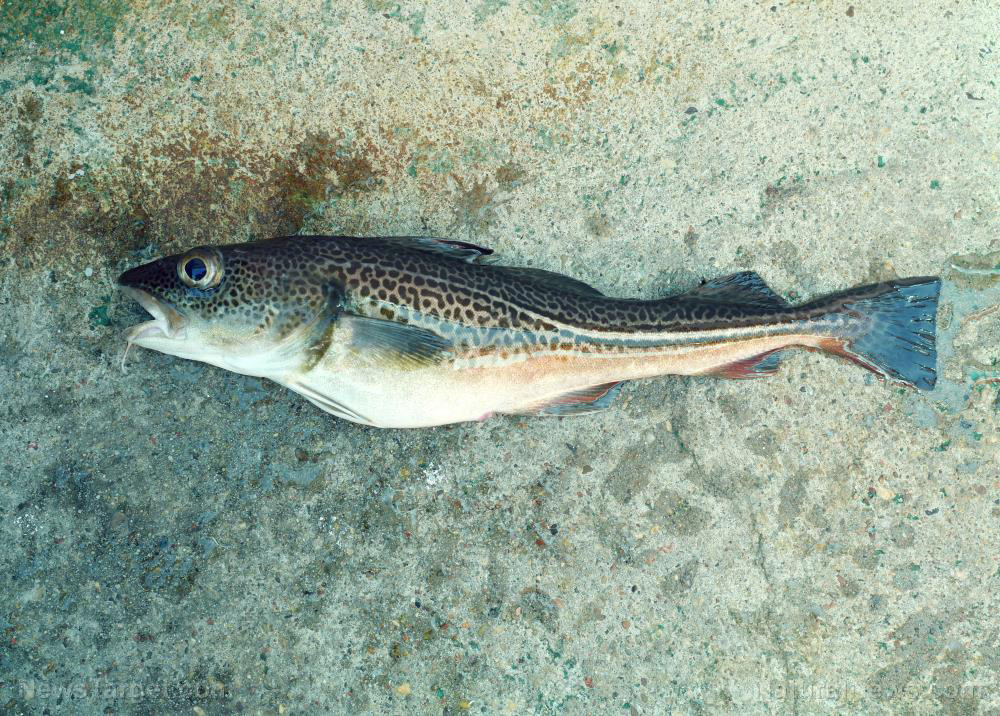Offshore wind power under development to aid Fukushima recovery
01/14/2016 / By Chris Draper

The 2011 Fukushima Daiichi catastrophe demonstrated that the risks attached to nuclear power far outweigh the benefits. As a result, many Japanese citizens are now in favor of using alternative forms of energy. In an ironic twist of fate, the Japanese government has now decided to subsidize offshore wind power to aid the Fukushima recovery.
The Fukushima Recovery/Floating Offshore Wind Farm Experimental Project set out to conduct experiments to ensure floating wind turbines and substations installed approximately 23 km off the Fukushima coast can produce a sufficient amount of offshore wind power. The first phase of the experimental study was conducted in 2013, which installed two floaters on each of a 2 MW wind turbine and substation. The total amount of money invested in the project has so far reached $157 million.(1)
The second phase of the project consisted of using two 7 MW Mitsubishi oil pressure drive-type floating wind turbines on a floating platform. Both turbines will have a rotor diameter of 164m and stand 105m tall. They will be placed on top of a 32m-tall floater.(1)
An unprecedented project
The project also involves an offshore floating transformer system expected to remain sturdy and resistant to the motion of the ocean. Shaking table tests were conducted to review the transformer system. Motion analysis technology was used to develop and utilize the waterproof riser cable.
After the completion of the second phase of the project in 2015, it became the world’s largest floating offshore wind farm with a total capacity of 16 MW. The tower and platform span 122-m, equipped with a turbine and 80-m diameter rotor.(1,2)
A downward type blade, located leeward, was adopted by the project to utilize the most upward wind blowing from the surface of the sea. Wind usually blows upward from the sea surface. A downward type blade will undoubtedly boost power generating efficiency by blowing wind further upward.(2)
A 2 MW wind turbine easily takes the prize as one of the biggest operational wind turbines in Japan. No wind turbine of this size has yet been placed and used on top of a floater for practical purposes. The annual energy production is a little more than 6 million kW, which is on par with the amount of power 1,700 households consume.(2)
In 2014, two wind turbines were added during the second phase of the project. Their blade diameters are 160 m spanning 200 m tall, making them among the world’s largest turbines.
Wind power a viable alternative to nuclear energy
The substation intended to transfer wind power more efficiently is called “Fukushima KIZUNA.” The turbine churns approximately 22 kV of power a day and will increase to 66 kV a day at the substation to boost transmission efficiency. The power is then relayed to the onshore substation 23 km off the coast of Fukushima.(1,2)
In the event of an emergency, the Fukushima MIRAI shuts down all electrical current. Using this technology on top of floating substations is unprecedented with many hurdles to overcome.
Transforming equipment, a string of precision apparatuses and massive wind turbines are stacked on top of floating platforms or floaters. The transmission of power on the ocean is made possible thanks to Japan’s advanced shipbuilding technology. The floaters of “Fukushima MIRAI” and “Fukushima KIZUNA” are equipped with cutting edge technologies to provide a no pitching or rolling floater.(1)
The development of a cable for the underwater transmitter and the manufacturing of an ultra-huge chain to moor “Fukushima MIRAI” and “Fukushima KIZUNA” offshore, are testimony to Japan’s ability to provide alternative forms of energy. Before the 2011 quake, 30 percent of Japan’s energy was nuclear. After the catastrophe that was the Fukushima nuclear disaster, however, Japan is now turning to a different kind of energy source to clean up its mess. The Recovery/Floating Offshore Wind Farm clearly demonstrates alternative energy may just be the solution we’re looking for.(3)
Sources include:
(3) NBCNews.com
Submit a correction >>
Tagged Under:
alternative energy, Fukushima Disaster, Fukushima recovery, wind farm experiment, windfarmexperiment
This article may contain statements that reflect the opinion of the author
RECENT NEWS & ARTICLES
COPYRIGHT © 2017 FUKUSHIMAWATCH.COM
All content posted on this site is protected under Free Speech. FukushimaWatch.com is not responsible for content written by contributing authors. The information on this site is provided for educational and entertainment purposes only. It is not intended as a substitute for professional advice of any kind. FukushimaWatch.com assumes no responsibility for the use or misuse of this material. All trademarks, registered trademarks and service marks mentioned on this site are the property of their respective owners.




















